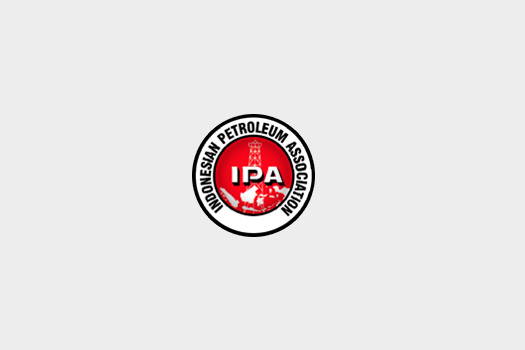New RUPTL: Gas Prioritized for Electricity Needs
TANGERANG, 15 May 2024 - The government has mapped out a roadmap to increase gas usage not only for industry but also for power generation. This is outlined in the General Plan for Electricity Supply (RUPTL), currently being drafted in collaboration with PT PLN (Persero). The increased use of gas is driven by recent gas reserve discoveries.
Pramudya, Coordinator of Power Plant Planning at the Directorate General of Electricity, Ministry of Energy and Mineral Resources (ESDM), revealed that the demand for gas will continue to rise for power generation, especially due to delays in the construction of hydropower plants (PLTA). "Gas demand will remain high until 2030 due to shortages. Hydro development takes time," Pramudya stated during Plenary Session 4, "When Will Natural Gas Become a Transition Fuel From Coal to Renewable Energy to Achieve the 2060 Net Zero Emission Target?" at IPA Convex 2024 at ICE BSD, Tangerang, on Wednesday (15/5).
He noted that the projected high use of gas has already been included in the latest RUPTL discussions. In addition to covering gaps caused by potential delays in hydropower plants, gas is also needed as a base load because the government has agreed to no longer develop coal-fired power plants (PLTU).
"The focus of RUPTL is gas because hydro will remain a significant challenge for the next 10 years. During the preparation period for geothermal and hydroelectric development, gas can play a role as a cleaner fuel for power plants," Pramudya explained.
Rakhmad Dewanto, Director of Gas and Fuel at PT PLN Energi Primer Indonesia (PLN EPI), explained that in the accelerated scenario of increasing power plant capacity while reducing emissions, PLN will build additional gas power plants with a capacity of 20 gigawatts (GW), accounting for 25% of the total increase in power plants. The remaining 75% will come from renewable energy plants.
In the future, PLN will rely heavily on LNG due to declining gas production in various fields that are usually supplied through pipelines. "Everyone is talking about how to increase gas usage. We need LNG to replace pipeline gas," Rakhmad stated.
According to data from PLN EPI, in 2024, pipeline gas usage will be only 47%, with LNG accounting for 53%. The percentage of LNG usage will continue to increase, reaching 59% by 2026 and 68% by 2030.
Henricus Herwin, SVP of Strategy & Investment at Pertamina, explained that Pertamina has developed three energy transition scenarios, with gas playing a key role in all of them. "Gas will remain essential in all scenarios. Gas is the solution for the energy transition. Many major gas projects are underway, and Pertamina is working on significant potential projects," Henricus stated.
He added that signs of gas shortages are already evident. Therefore, Pertamina is ambitious about boosting exploration activities to find new reserves.
Mangesh Patankar, Vice President and Head of Asia Gas and LNG Consulting at Wood Mackenzie, explained that based on their analysis, Indonesia will face gas shortages after 2038 and will become an importing country unless new large reserves, like the recently discovered Geng North by ENI, are found.
"For Southeast Asian countries, gas is a cleaner and more affordable fuel, making its role crucial in meeting energy needs and ensuring energy security. Without new gas discoveries, Indonesia will become an importer after 2038. The Geng North reserve is about 3 BCF. Indonesia will need nine Geng North-sized discoveries, especially if the IDD-MMasela projects do not proceed," Mangesh explained.
END

